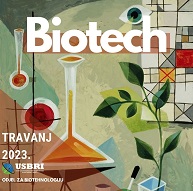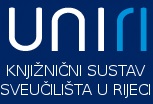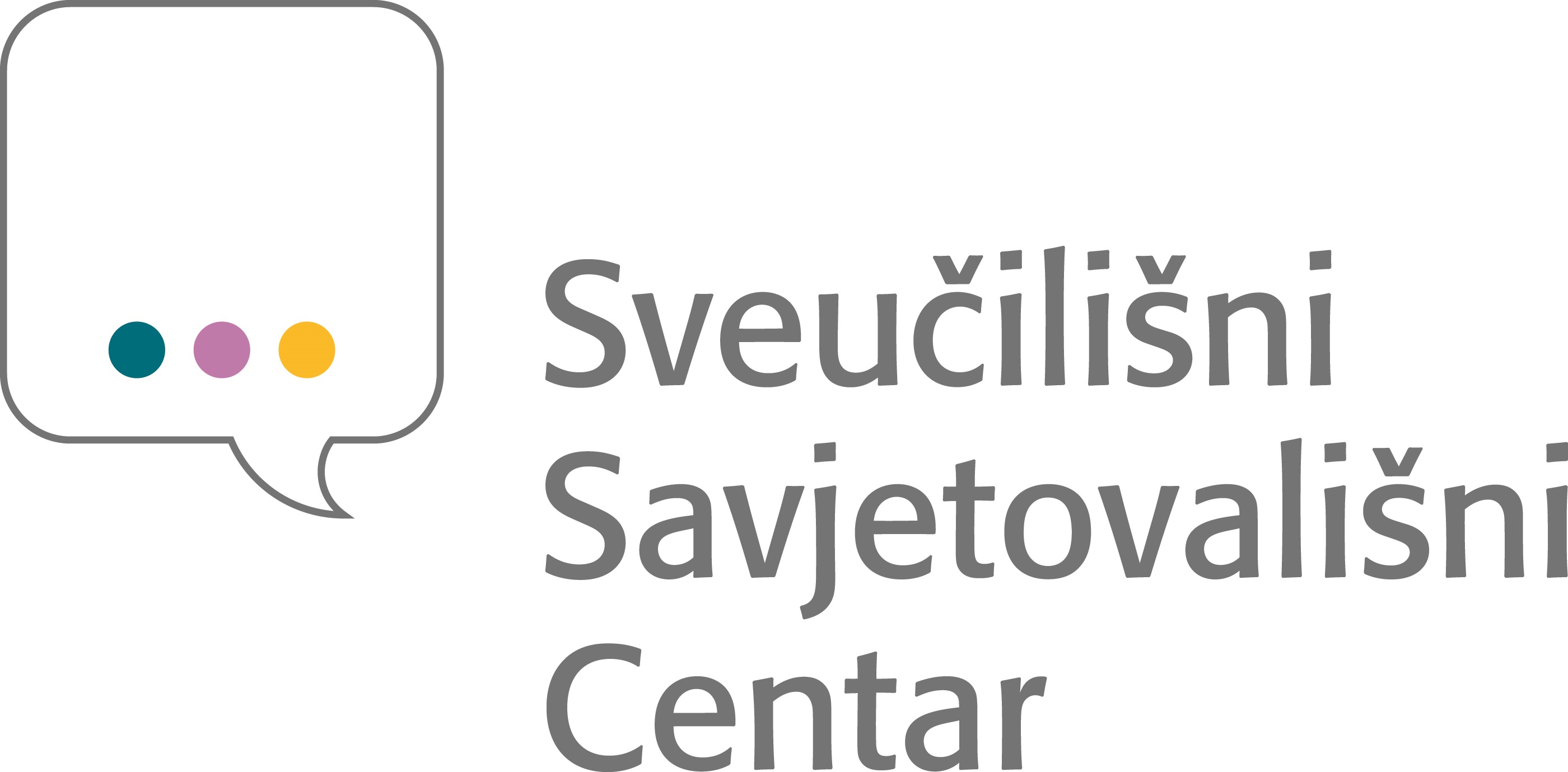Novosti iz biotehnologije
Study could spur wider use of prenatal gene tests
By MARILYNN MARCHIONE | Associated Press – Wed, Dec 5, 2012
A new study sets the stage for wider use of gene testing in early pregnancy. Scanning the genes of a fetus reveals far more about potential health risks than current prenatal testing does, say researchers who compared both methods in thousands of pregnancies nationwide. A surprisingly high number — 6 percent — of certain fetuses declared normal by conventional testing were found to have genetic abnormalities by gene scans, the study found. The gene flaws can cause anything from minor defects such as a club foot to more serious ones such as mental retardation, heart problems and fatal diseases. "This isn't done just so people can terminate pregnancies," because many choose to continue them even if a problem is found, said Dr. Ronald Wapner, reproductive genetics chief at Columbia University Medical Center in New York. "We're better able to give lots and lots of women more information about what's causing the problem and what the prognosis is and what special care their child might need."He led the federally funded study, published in Thursday's New England Journal of Medicine.
A second study in the journal found that gene testing could reveal the cause of most stillbirths, many of which remain a mystery now. That gives key information to couples agonizing over whether to try again.The prenatal study of 4,400 women has long been awaited in the field, and could make gene testing a standard of care in cases where initial screening with an ultrasound exam suggests a structural defect in how the baby is developing, said Dr. Susan Klugman, director of reproductive genetics at New York's Montefiore Medical Center, which enrolled 300 women into the study. "We can never guarantee the perfect baby but if they want everything done, this is a test that can tell a lot more," she said. Many pregnant women are offered screening with an ultrasound exam or a blood test that can flag some common abnormalities such as Down syndrome, but these are not conclusive.
The next step is diagnostic testing on cells from the fetus obtained through amniocentesis, which is like a needle biopsy through the belly, or chorionic villus sampling, which snips a bit of the placenta. Doctors look at the sample under a microscope for breaks or extra copies of chromosomes that cause a dozen or so abnormalities. The new study compared this eyeball method to scanning with gene chips that can spot hundreds of abnormalities and far smaller defects than what can be seen with a microscope. This costs $1,200 to $1,800 versus $600 to $1,000 for the visual exam. In the study, both methods were used on fetal samples from 4,400 women around the country. Half of the moms were at higher risk because they were over 35. One-fifth had screening tests suggesting Down syndrome. One-fourth had ultrasounds suggesting structural abnormalities. Others sought screening for other reasons. "Some did it for anxiety — they just wanted more information about their child," Wapner said. Of women whose ultrasounds showed a possible structural defect but whose fetuses were called normal by the visual chromosome exam, gene testing found problems in 6 percent — one out of 17. "That's a lot. That's huge," Klugman said.
Gene tests also found abnormalities in nearly 2 percent of cases where the mom was older or ultrasounds suggested a problem other than a structural defect. Dr. Lorraine Dugoff, a University of Pennsylvania high-risk pregnancy specialist, wrote in an editorial in the journal that gene testing should become the standard of care when a structural problem is suggested by ultrasound. But its value may be incremental in other cases and offset by the 1.5 percent of cases where a gene abnormality of unknown significance is found. In those cases, "a lot of couples might not be happy that they ordered that test" because it can't give a clear answer, she said. Ana Zeletz, a former pediatric nurse from Hoboken, N.J., had one of those results during the study. An ultrasound suggested possible Down syndrome; gene testing ruled that out but showed an abnormality that could indicate kidney problems — or nothing. "They give you this list of all the things that could possibly be wrong," Zeletz said. Her daughter, Jillian, now 2, had some urinary and kidney abnormalities that seem to have resolved, and has low muscle tone that caused her to start walking later than usual. "I am very glad about it," she said of the testing, because she knows to watch her daughter for possible complications like gout. Without the testing, "we wouldn't know anything, we wouldn't know to watch for things that might come up," she said. The other study involved 532 stillbirths — deaths of a fetus in the womb before delivery.
Gene testing revealed the cause in 87 percent of cases versus 70 percent of cases analyzed by the visual chromosome inspection method. It also gave more information on specific genetic abnormalities that couples could use to estimate the odds that future pregnancies would bring those risks. The study was led by Dr. Uma Reddy of the National Institute of Child Health and Human Development.
Global Bioinformatics Market Projected to Reach USD 9.1 Billion in 2018
Projected to record double-digit growth, the global informatics market will have the highest revenue contribution from the platforms segment.
The global bioinformatics market, estimated at USD 2.3 billion in 2012, is forecasted to reach a market size of USD 9.1 billion in 2018, at a compounded annual growth rate (CAGR) of 25.4% from 2012-2018, according to Transparency Market Research (Albany, NY, USA; www.transparencymarketresearch.com). The market growth is motivated by a rise in applications across a range of industries. The major contribution to the market demand is from fields such as pharmaceutical research and development, agriculture biotechnology, medical and clinical diagnostics, and other life-sciences related industries.
The services market currently holds a comparatively smaller market share; however, it is expected to increase considerably over the forecast period. The bioinformatics platform segment is the fastest growing market and is expected to contribute 54% of the total market growth during the same period.
Research outsourcing by pharmaceutical giants in the fields comprising bioinformatics content is a significant driver of the global bioinformatics market. These companies, in efforts to decrease time and costs on R&D activities involved in the development of new medicines and new applications for existing drugs, are looking for outsourcing services for bioinformatics knowledge and management tools, platforms, and services.
North America holds the largest share among the regional markets; it, however, is forecasted to be superseded by Europe as the leading market shareholder in 2018, because of rapid growth seen by major European markets such as the United Kingdom and Germany. Europe is predicted to be the fastest growing region, with growth chiefly driven by mounting government support for R&D activities in the region. The bioinformatics services market in Europe and North America is well established and organized, while it is still in an early growth phase in emerging markets of Asia Pacific region.

ENCODE delivers the data - Major scientific effort inspires a new publishing model
On 5 September, the hundreds of scientists working on the ENCODE project revealed a surprising level of activity in the human genome. The project generated so much new information about gene function that it required a new publishing model in which open-access articles and datasets are interconnected. Just as the Human Genome Project revolutionised biomedical research, ENCODE is driving new understanding and opening new avenues for biomedical science. Led by EMBL-EBI and the National Human Genome Research Institute (NHGRI) in the US, it sets out to create an encyclopedia of DNA elements. Its detailed map of genome function now identifies four million genetic ‘switches’, and provides an essential reference to help researchers pinpoint specific areas of research for human disease. The findings are published in 30 connected, open-access papers appearing in three science journals: Nature, Genome Biology and Genomem Research. Nature also developed an iPad app to help users navigate the data on the go. The ENCODE publications sparked a huge amount of interest, making front-page news in the Guardian, New York Times and Washington Post, headlining on BBC television news in the UK and featuring in thousands of and websites around the world. But for many scientists, one of the most interesting features of the ENCODE publications was an innovation in reporting: a ‘virtual machine’ that allows readers to explore the precise analysis methods themselves. ENCODE combined the efforts of 442 scientists in 32 labs in the UK, US, Spain, Singapore and Japan. They generated and analysed more than 15 terabytes (15 trillion bytes) of raw data – which is publicly available. The study used the equivalent of around 300 years of computer time studying 147 tissue types to determine what turns specific genes on and off, and how that ‘switch’ differs between cell types.

Kontakt
Radmile Matejčić 2
51000 Rijeka
Tel. +385 51 584 550
ured@biotech.uniri.hr
OIB: 64218323816
IBAN: HR3724020061400006958
Radmile Matejčić 2, O-047
http://studentska.uniri.hr/
Nadležna studentska liječnica:
dr. sc. Marijana Turčić, dr. med. spec. školske medicine
Radmile Matejčić 5, Rijeka
051/584 875 / 876
e-mail:
skolska.kampus@zzjzpgz.hr













.png)




